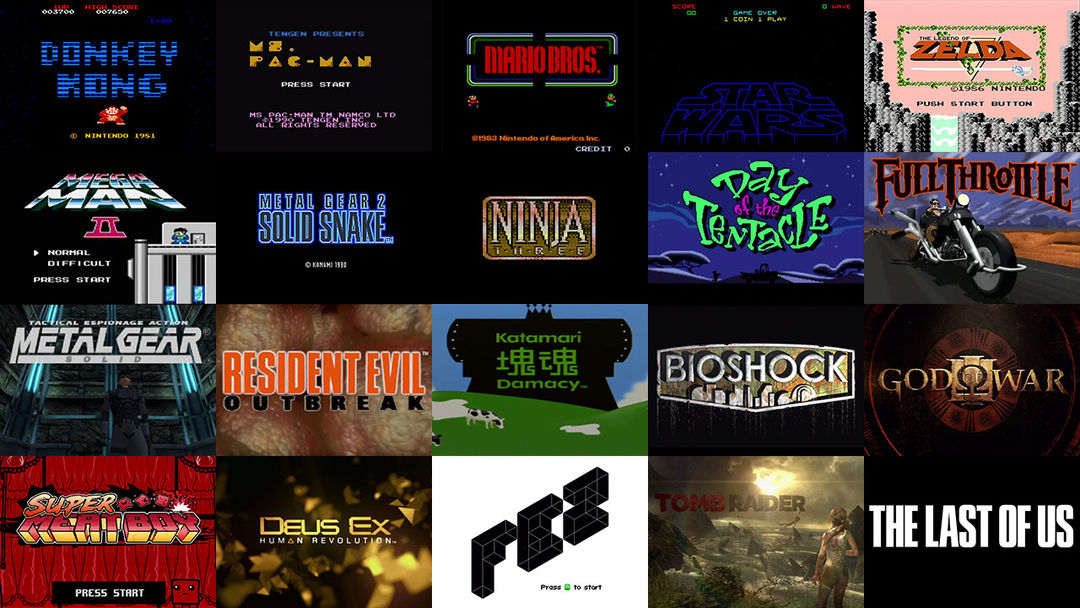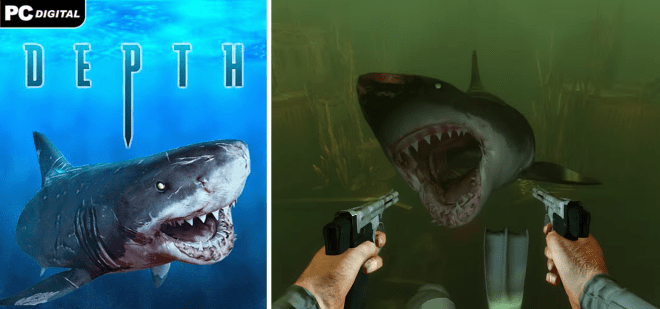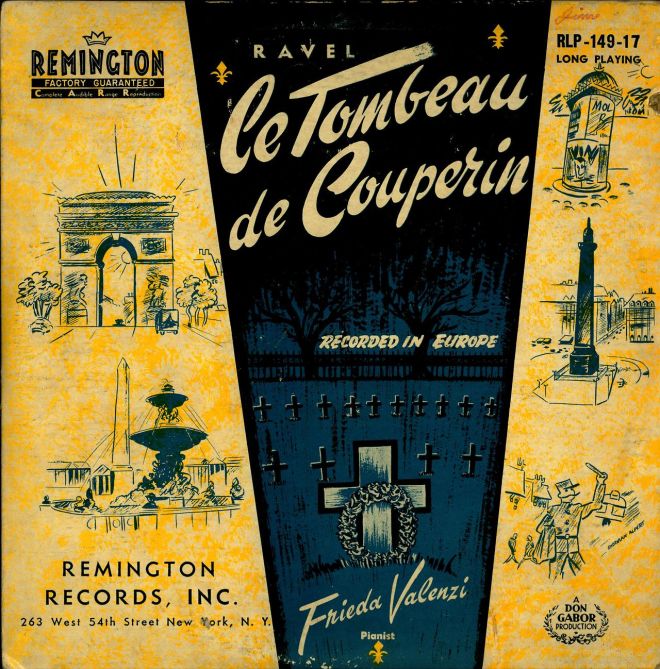
Featured Blog | This community-written post highlights the best of what the game industry has to offer. Read more like it on the Game Developer Blogs.
[Insert Game Title Here]
Giving a game a title can be a daunting task. A coincidental conflict with another game already having ownership of a title led this indie dev to discover an even better title through introspection, music history, and research.

Many artists struggle with the seemingly simple task of assigning a title to their artwork. I've often been guilty of giving something an "Untitled" moniker, so as to leave the interpretation ambiguous and allow the viewer to decipher the work, stripped of any hints or labels. With a video game, this is a bit trickier, as the title serves a larger purpose than just simply occupying a placard on the wall next to the hanging work. It is the name of the app, the anchor for the game's opening menu screen, the name of the website (and/or blog), and much more. It serves as a unique representation of the work across the vast internet, in both game spaces and not-game spaces. It is one of the most crucial aspects of the game's identity.
 Select Game Title Screens from "A Brief History of Video Game Title Design"
Select Game Title Screens from "A Brief History of Video Game Title Design"
So to say that I struggled with this task is an understatement. I've been through multiple iterations and ideas, with a final title that (luckily) works wonderfully on multiple levels. I want to speak about the background to giving my game the title of "Tombeaux", to once again offer a peek into my process.
First off, it wasn't always Tombeaux. Originally, I had another very fitting name to my game, courtesy of a suggestion from an early playtester and good friend, Mitch Ogden. He suggested the title "Depth", as it spoke to the focus I'm giving to both the literal (water) and the figurative (cultures, histories, characters, etc) elements in my game. It was a wonderful title, and the only problem was that another game dev team also thought the same thing, and was waaaaay different than me on their game and scope. Unless I wanted to contend in the Google search-a-verse with an underwater multiplayer shark hunting game (and their blend of "tension and visceral action...in heart pounding combat"), I knew I had to move on to another title.
 Depth, a FPS about hunting sharks underwater...definitely not room for Tombeaux here...
Depth, a FPS about hunting sharks underwater...definitely not room for Tombeaux here...
In my research about the St. Croix River, I found an interesting reference to Father Louis Hennepin's travels up the St. Croix. The 17th century French Catholic missionary had explored the Mississippi, and spent some time on the St. Croix as well. His was one of the first attempts by a European to name the river in a publication, giving it the title of "Riviere du Tombeau", translated as "River of the Grave" (he had witnessed a Dakota buried on the banks of the river after dying from a snakebite, so the story goes). As one can gather, the name did not stick, for both the event and name did not seem fitting for an entire river full of such life and energy (the origins of the real name of the river - St. Croix - is actually up for debate as well, with stories such as the shape of the river resembling a cross, people dying at the mouth of the river, and other tales that all lead back it most obviously being named by a missionary).
 Painting of Hennepin discovering the Mississippi's Saint Anthony Falls (in what is now Minneapolis)
Painting of Hennepin discovering the Mississippi's Saint Anthony Falls (in what is now Minneapolis)
While "Riviere du Tombeau" did not fit as the official name for the St. Croix, it did catch my attention enough to research the name and words further, as my game does deal with death in a more conceptual sense. When I looked up the word tombeau, I was pleasantly surprised to find that while the original french word does in fact mean tomb (or tombstone), another definition exists, derived from this original word. It turns out that tombeau (or the plural, tombeaux) can also be a musical composition commemorating the death of a notable person. Most popular in the 17th century, the musical genre tended to take the dance-like form of either a pavane or an allemande.
Through further research, I came across a number of composers and works that I found inspiring and very fitting to some of the same time periods as I was recreating in my game, namely the late 19th century. Some of the works by Gabriel Faure and Maurice Ravel seemed particularly pertinent to what I was looking for as a connection to my game. Faure's Pavane in F-Sharp Minor, Op. 50 gave me the feeling of navigating a smooth-flowing river and contemplating the majesty of one's surroundings.
Pavane in F-Sharp Minor, Op. 50 by Gabriel Faure
Additionally, I found both a pavane and a tombeau that piqued my interest by Ravel, including his Pavane pour une infante défunte (Pavane for a dead princess). While not penned for a specific princess, it served to express "a nostalgic enthusiasm for Spanish customs and sensibilities"[1]. He also composed a much more upbeat, lively memorial to a number of his friends who passed in World War I, titled Le Tombeau de Couperin.
Pavane pour une infante défunte (Pavane for a dead princess) by Maurice Ravel
These types of works were wonderful finds, both as a stronger foundation for my title and as inspiration for the music of the game. I am trying to integrate a strong element of music into Tombeaux, through collaborating with a local composer on the soundtrack (more on him and his work for Tombeaux in a future post!). While I have always had a great appreciation for music (on its own and in games), I have no training whatsoever in composition or playing, so this discovery was a great way to offer the composer a direction for the music that fit very well into what I was trying to get the player to feel throughout the game.
When I think about it, the game really is somewhat of a dance - the player finds themselves being led by the main narrator through a series of rhythmic steps which move back and forth between two distinct positions/locations, while also traversing through a number of different time periods. This movement urges the player to contemplate what they saw in previous levels as possibly now being no longer among the living, bringing in themes of death and feelings of remorse. So in essence, my game is comprised of a number of smaller movements that investigate and memorialize life, making each level their own type of tombeau. These experiences build on one another, resulting in the game that is officially titled: Tombeaux.
This post originally appeared on https://tombeauxgame.wordpress.com
 Le Tombeau de Couperin, by Ravel
Le Tombeau de Couperin, by Ravel
Read more about:
Featured BlogsAbout the Author(s)
You May Also Like













